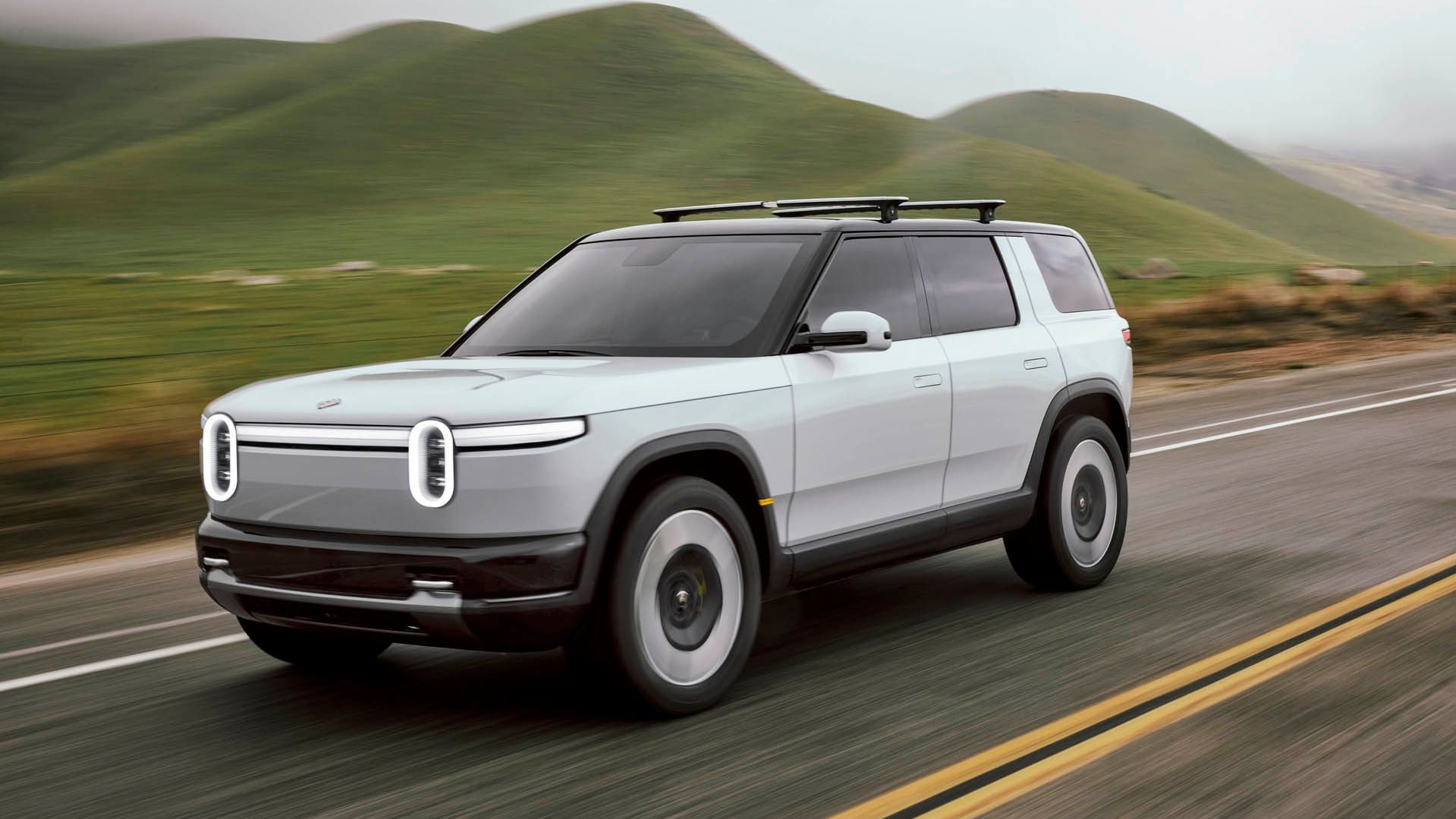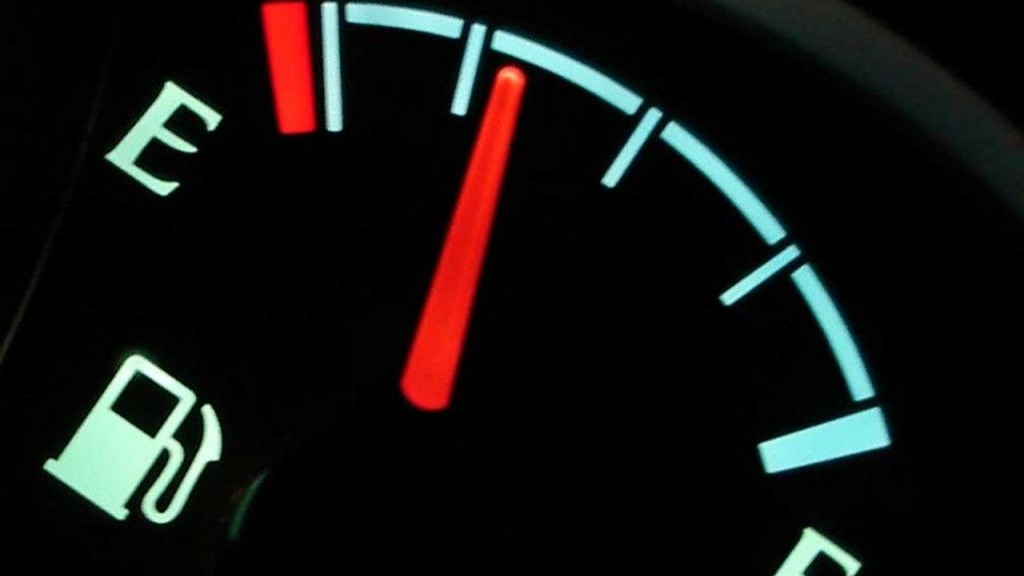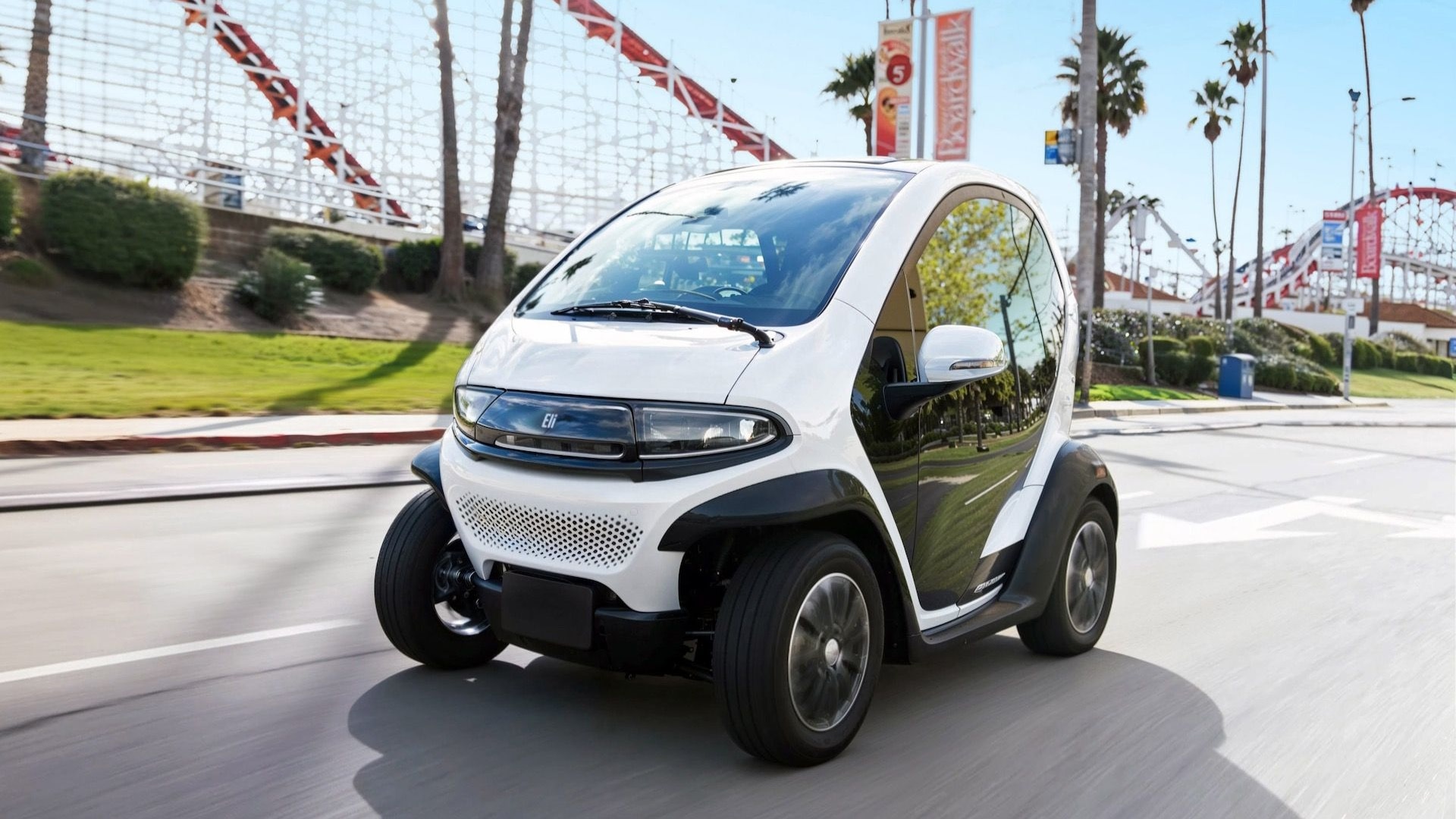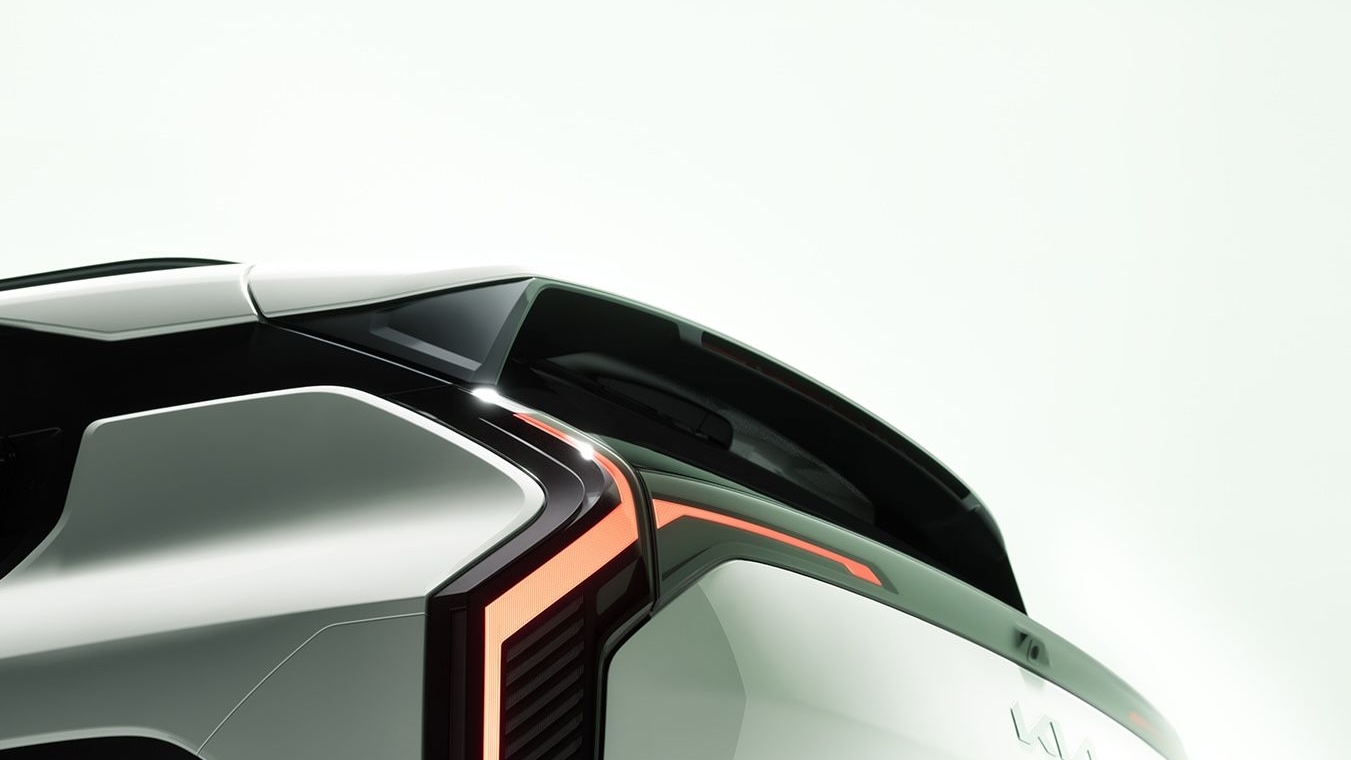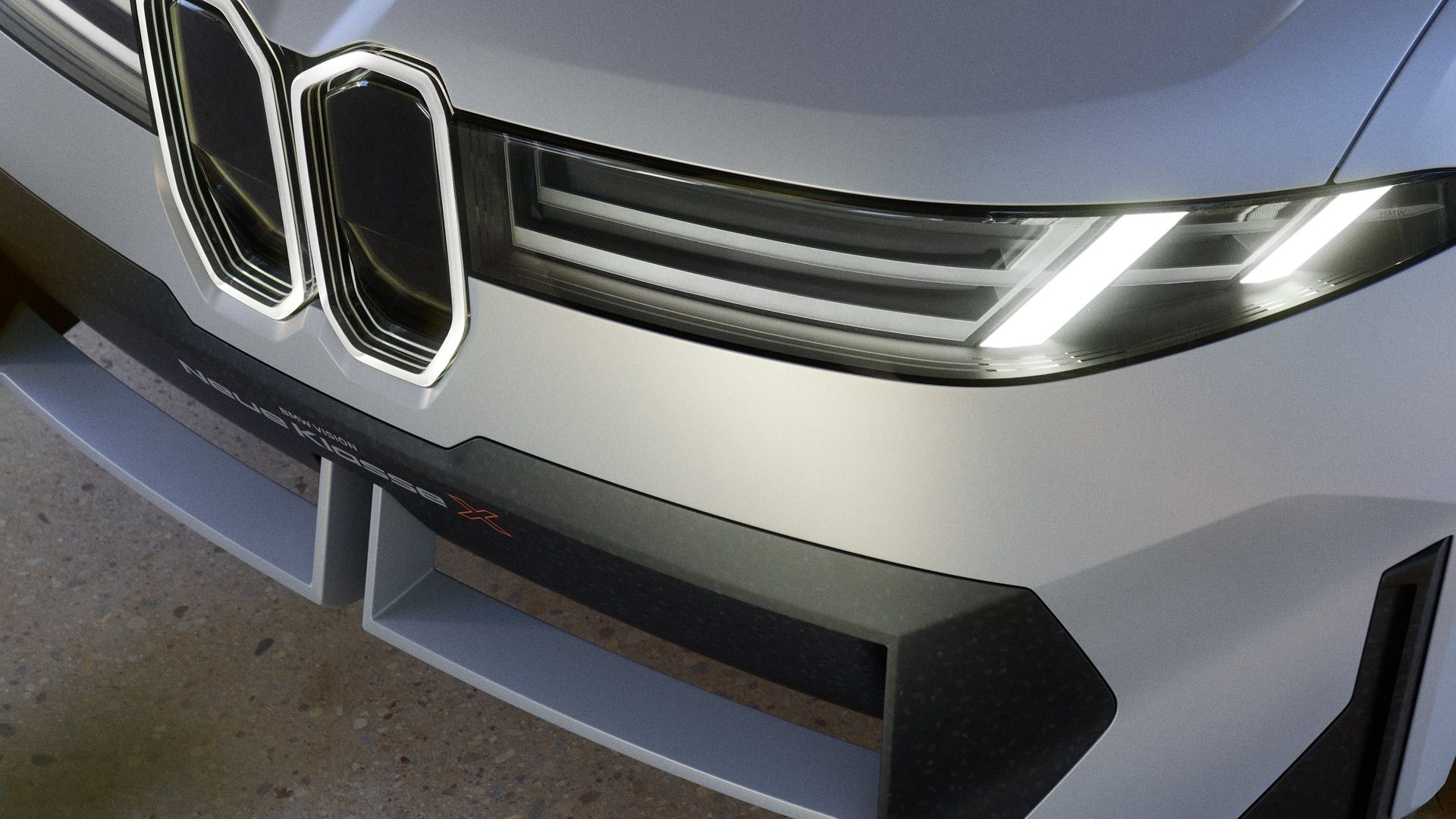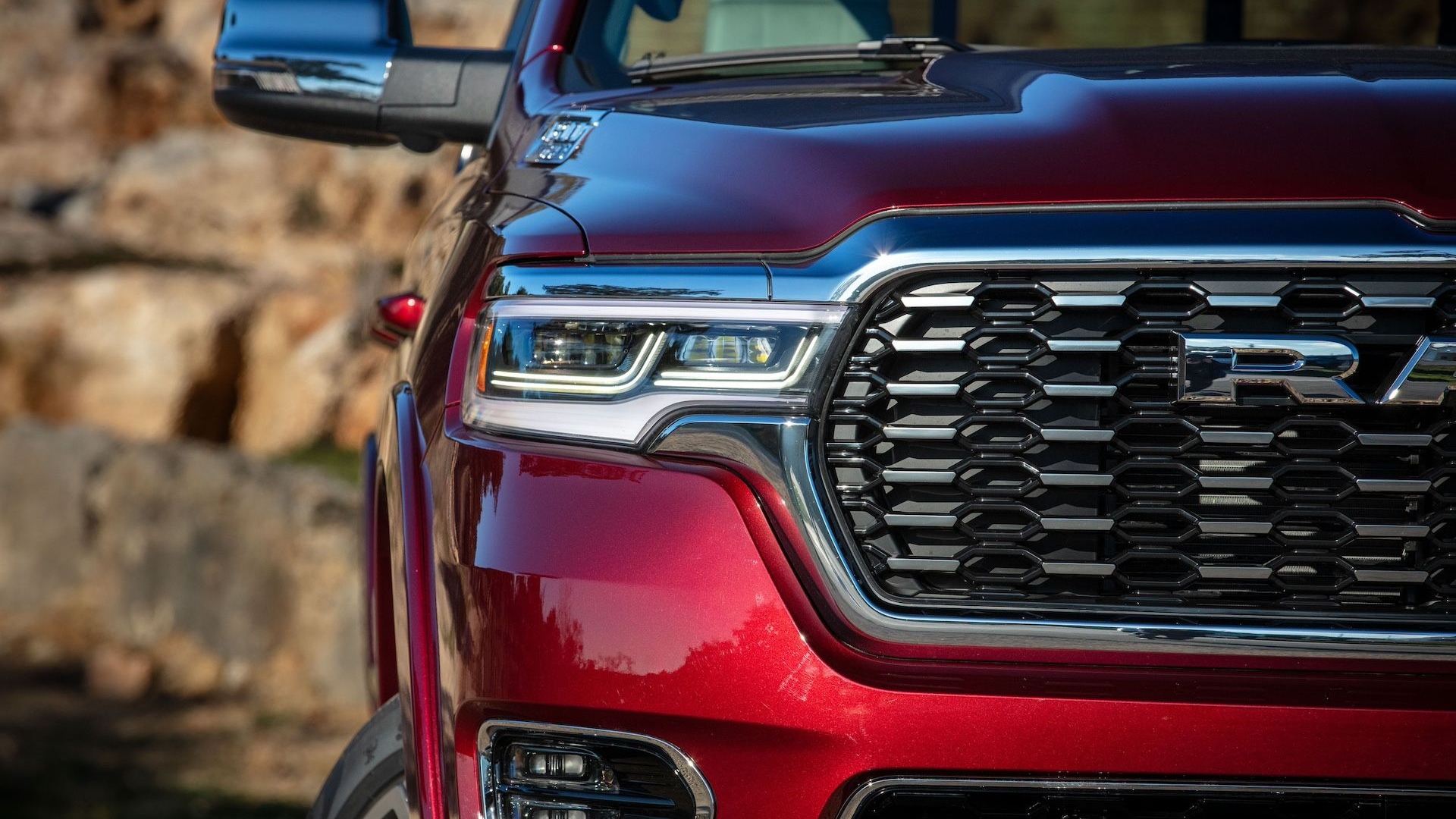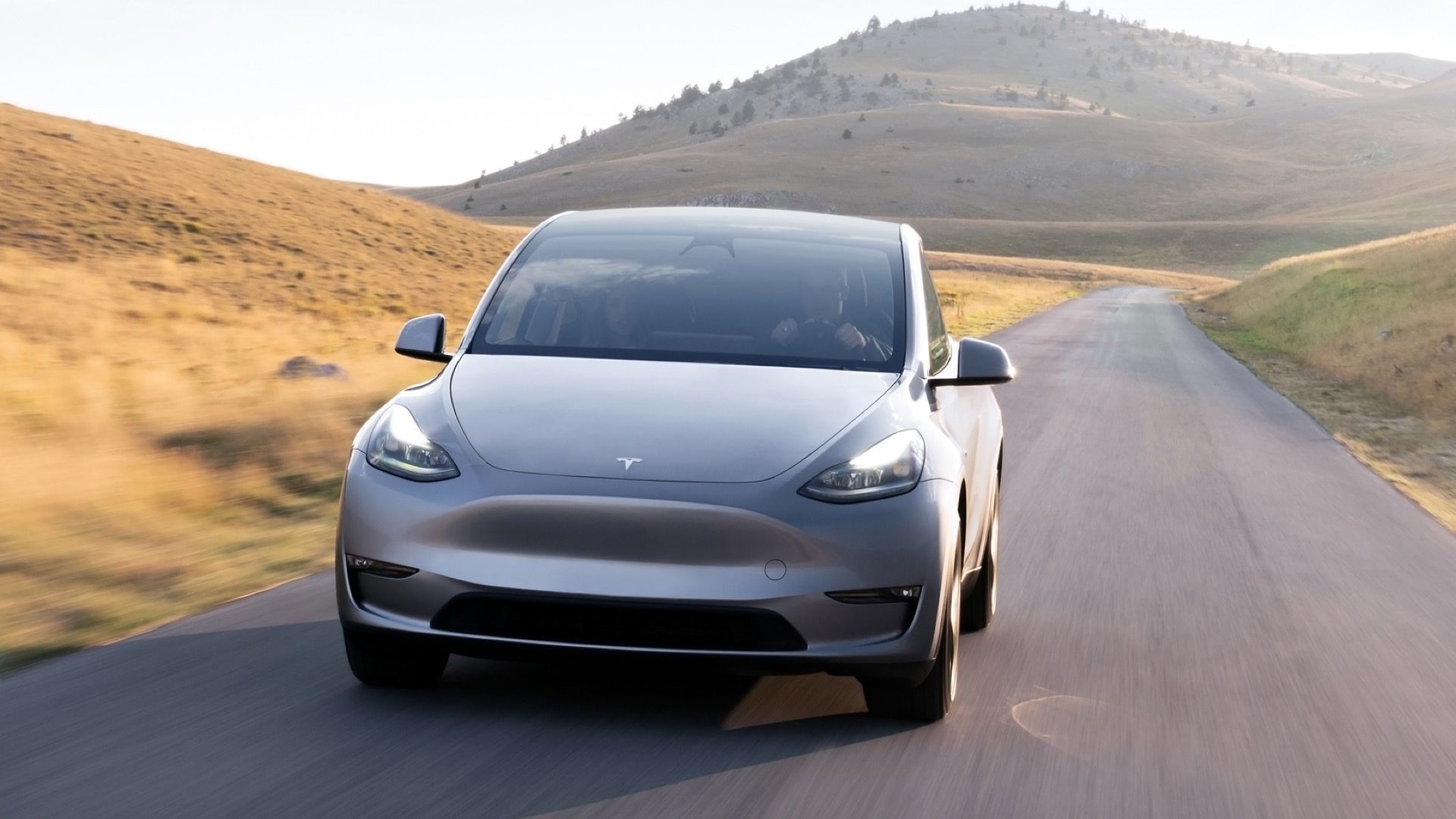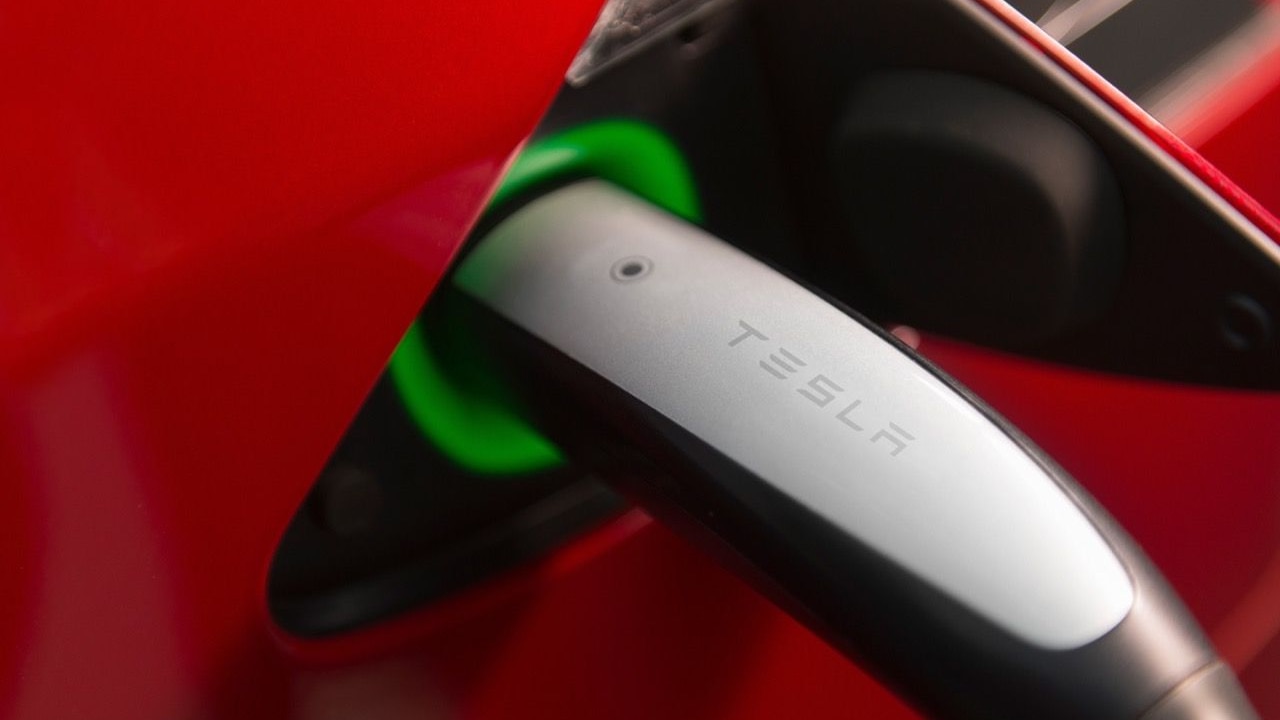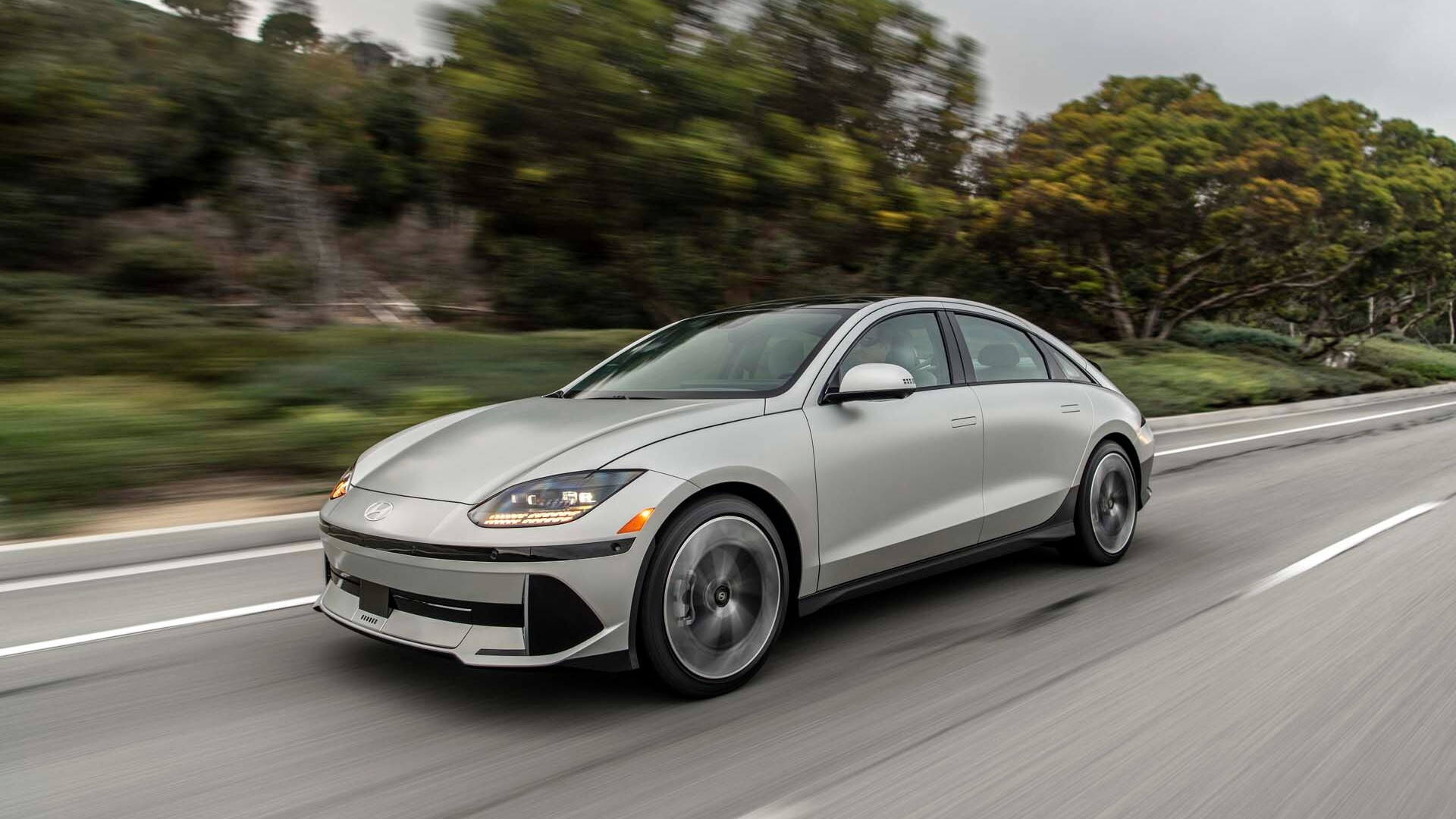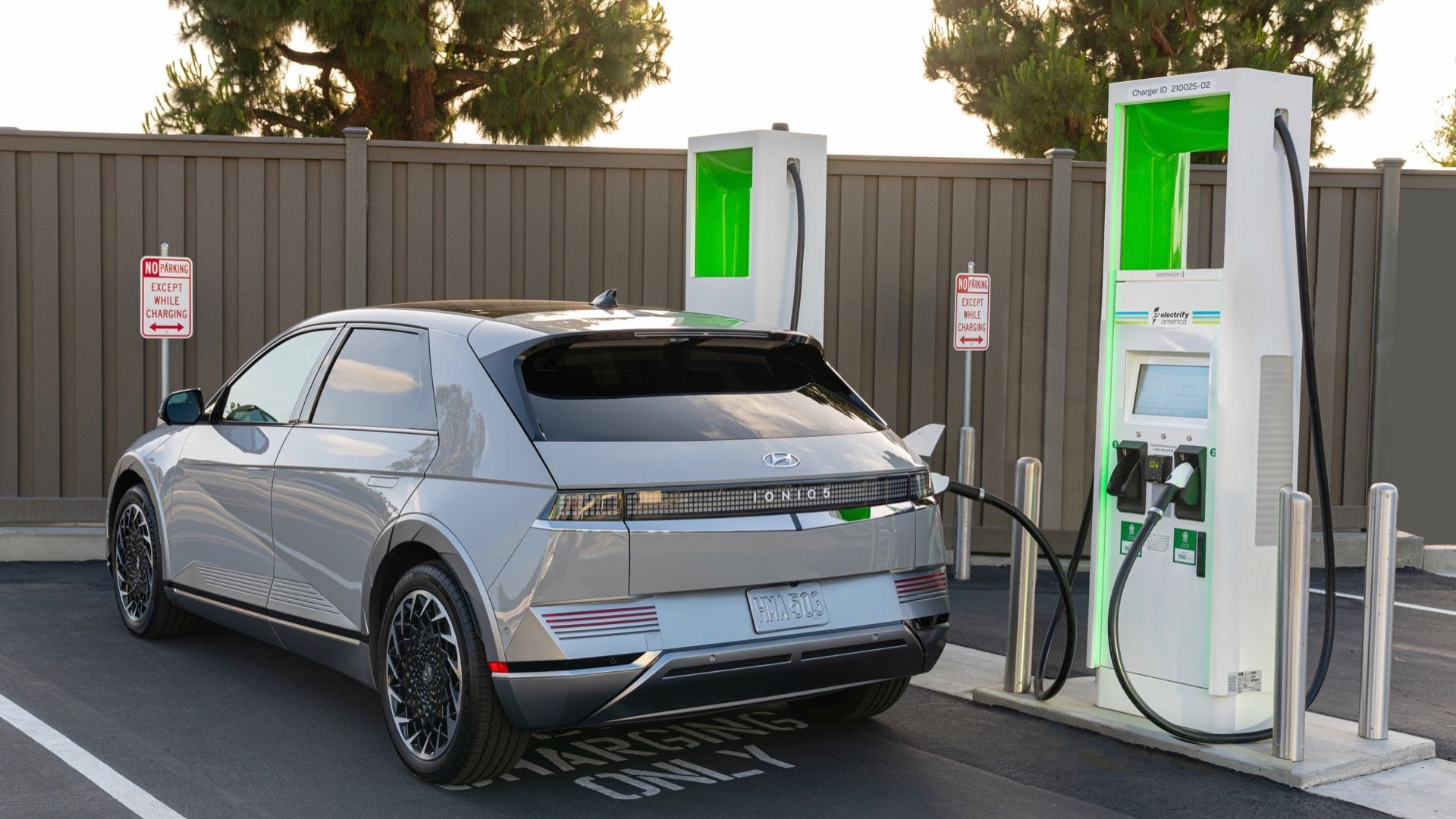
better place battery switch station 014
By far the most reasonable use for electric cars charged at home is for a regular commute. If the return journey is less than the range of the car, electric cars make complete sense.
Battery topping up using Level 2 chargers in public areas is a bonus, but rarely make an impossible journey possible.
If an electric-car owner with no other vehicles also has to make occasional longer trips that exceed the range of the battery, there are two options today: DC fast charging en route or battery switching.
Battery switching is within weeks of being a reality for private electric-car drivers in Israel who are also Better Place customers. Hundreds of fast-charging facilities exist in Japan, and they are being rolled out in selected areas of North America and Europe.
Charging or Switching Time
Today's fast charging can recharge a seriously depleted battery to 80 percent of capacity in 15 to 30 minutes. That last 20 percent takes far longer, so the law of diminishing returns sets in.
Battery switching, on the other hand, takes 5 minutes. The charge level of the old battery doesn't matter and the car always emerges with 100 percent charge.
If fast charging or battery switching is combined with rest and refreshment breaks, there's no need for an electric journey to take much longer than a conventional one.
Capital Investment
Fast charging stations are comparatively cheap. Local upgrades to electricity supply may be needed, but costs per charging plug of $15,000 to $25,000 are realistic if each installation includes multiple charging cables.
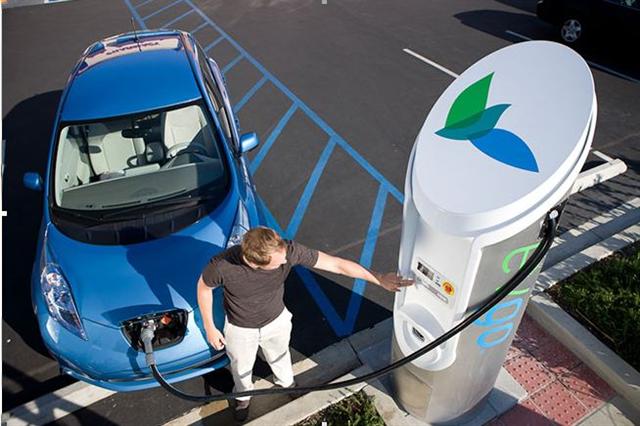
2011 Nissan Leaf plugged into an EVgo quick-charging station, Texas
Battery switch stations are much more complex. They involve elaborate industrial automation robots, cooling systems, driver instruction systems, safety mechanisms and, at least in the early stages, must be attended by a staff member.
Best estimates for the cost of each switch station are around the $500,000 mark.
Cost to the User
Fast charging is not used by all owners, and only sporadically by some, so its use will only be paid for by a minority. This means capital investment will have to be recouped with comparatively high per-time usage or subscription fees.
Looking at costs per kWh compared to home electricity, users will see a big discrepancy. They need to understand operators will recoup capital investment and make a profit.
Better Place offers no real choice: all users are paying for battery switch stations whether they want them or not. This fundamentally alters the ownership cost. Better Place's subscription price is pitched to be 15% cheaper than running a gasoline car rather than related to the cheap cost of using domestic electricity.
At present, some fast chargers are complimentary, while others are provided by for-profit entities (like NRG's EVgo network), and they levy a variety of fees. We may see a variety of models emerge over the long term.
Location, Property & Upkeep Costs
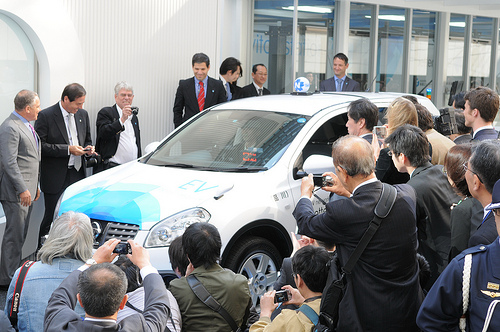
Nissan electric taxi leaving Better Place battery switching station, Tokyo, April 2010
Little more than a spare parking spot or two is needed for a fast charger. These need to be kept open for electric cars. In theory, maintenance should be simple but these are high-power devices used by the public: they can and do fail.
Battery switch stations need about the same amount of land as an automated car wash. They need entry and exit roads and either underground or overground storage for batteries. Building permits can also pose problems of cost and delay, especially where the facility doesn't fall under any permitted category in local building codes.
In Israel, Better Place has co-located its battery switching stations with gas stations. This extra land, coupled with the possible need for staffing and system complexity, gives a much large running cost for switching. There is some scope for installing photovoltaic solar collection to increase the green component of the power used.
Throughput
If each fast charge takes 30 minutes, a single charger can only handle 2 cars per hour. An owner who arrives while another is charging may have to wait up to 30 minutes to begin his charge, though obviously additional charging units at the same location can dramatically improve throughput.
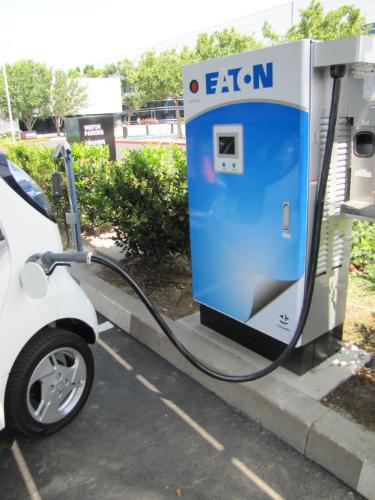
Eaton CHAdeMO DC quick charging station, Mitsubishi headquarters, Cypress, CA
Battery switching is said to handle 10 cars per hour. It's not clear that all batteries at a given switching station could be recharged this quickly--but that level of use would be extreme. Stations hold up to 12 batteries, and can recharge a depleted pack in less than 30 minutes. Each station can only swap one car at a time.
Demand Forecasting
Nobody has yet implemented a way to give advance warning that a given charging point is in use or expected to be in use at a certain time, although many different entities view that as a medium- to long-term goal.
The multiple players that provide DC fast charging make it challenging to envision and implement a single, universal system that would serve this information in real time from multiple providers.

better place battery switch station 014
If their customers use their car's integrated GPS system, Better Place will know which cars are heading for a switch station--and what their car's state of charge is.
The company can contact owners and suggest they divert to another station if any station is out of service or too busy. The layout of 40 stations in Israel has been devised, the company says, to give two or more options for most journeys.
Reliability
Keeping a fast-charging station open and working should be easy, but anecdotal evidence suggests this isn't always so. Access to unattended stations can also be blocked by gasoline car owners who park in the space required for an electric car to charge.
The business of providing fast chargers for payment or subscription is in its infancy: billing systems and charging mechanisms vary widely, and no leader has yet emerged in any market. It's debatable whether any business models for DC fast charging will support onsite 24-hour attendants, but it seems unlikely.
Israel's battery switch stations are currently undergoing stress testing. Each one will be opened to paying customers when it has completed 1000 switches with a maximum of only one failure.
Initially, each Better Place switch station will be staffed, though they are designed to be unmanned and remotely monitored. We won't know how reliable that system is until it's in full public use by thousands of Better Place users.
Battery Ownership issues
The current standards for fast charging seem robust enough that owners can be confident any given charger won't damage their battery.
Within a battery switching network, there is no way for someone to own a battery. All batteries must be owned by the network and leased to owners.
![Renault Fluence ZE electric car belonging to Better Place user David Rose [photo: David Rose] Renault Fluence ZE electric car belonging to Better Place user David Rose [photo: David Rose]](https://images.hgmsites.net/lrg/renault-fluence-ze-electric-cars-in-israel-provided-by-better-place-photo-better-place_100388167_l.jpg)
Renault Fluence ZE electric car belonging to Better Place user David Rose [photo: David Rose]
Battery and Charging Standardization
Manufacturers have a patchy record on agreeing to charging standards: Tesla is going in its own direction for its SuperCharger fast-charging network (and coupler), while Nissan and Mitsubishi have settled on the CHAdeMO standard.
In North America, a new standard that's a superset of the J-1772 Level 2 standard is now being finalized. And just last week a European consortium including Audi, BMW, Chrysler, Daimler Ford, GM, Porsche and VW announced support for the SAE standard with a slightly different plug and socket.
Thus far, Better Place has only convinced Renault to manufacture a single model of electric car that's capable of battery swapping. The batteries that its charging stations can handle, however, do not need to be identical in size and shape.
Fragmentation of swappable battery types, though, would make it much harder for switch stations to ensure they have a fully charged pack of the correct type for multiple vehicles.
Grid Impact
People won't often need fast, mid journey recharging at night. That means wide uptake of fast charging would not use surplus overnight electricity. Fast charging will always place a non-deferrable load on the local grid
Switch stations do not need to recharge each battery as soon as it comes in. They are also under central control and can avoid charging at peak times. In general they will be able to recharge batteries mostly off peak.
Brian Thomas ("Brian of London") emigrated from the U.K. to Israel in 2009. He has placed an order for and will soon own a Renault Fluence ZE sold through Better Place. He owns and operates his own import company in Israel with more than 15 staff. He regularly blogs at Israellycool about life in Israel, technology and business topics.
+++++++++++

